|
|
Ancient Aliens Theories
Source: History Chanel
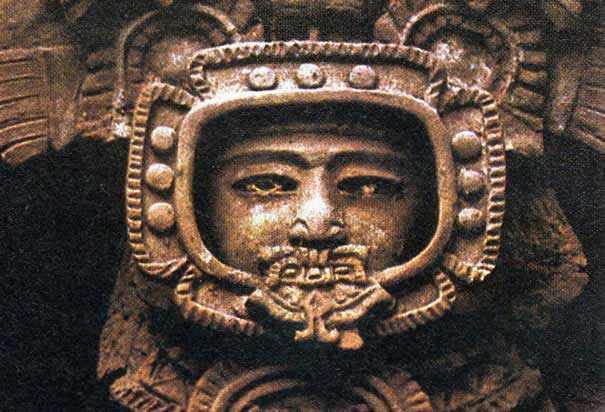
According to ancient alien theorists, extraterrestrials with superior knowledge of science and engineering landed on Earth thousands of years ago, sharing their expertise with early civilizations and forever changing the course of human history. But how did this concept develop, and is there any evidence to support it?
Ancient alien theory grew out of the centuries-old idea that life exists on other planets, and that humans and extraterrestrials have crossed paths before. The theme of human-alien interaction was thrust into the spotlight in the 1960s, driven by a wave of UFO sightings and popular films like 2001: A Space Odyssey. The space program played no small part in this as well: If mankind could travel to other planets, why couldn’t extraterrestrials visit Earth?
In 1968, the Swiss author Erich von Däniken published Chariots of the Gods?, which became an immediate bestseller. In it, he put forth his hypothesis that, thousands of years ago, space travelers from other planets visited Earth, where they taught humans about technology and influenced ancient religions. He is regarded by many as the father of ancient alien theory, also known as the ancient astronaut theory.
Most ancient alien theorists, including von Däniken, point to two types of evidence to support their ideas. The first is ancient religious texts in which humans witness and interact with gods or other heavenly beings who descend from the sky—sometimes in vehicles resembling spaceships—and possess spectacular powers. The second is physical specimens such as artwork depicting alien-like figures and ancient architectural marvels like Stonehenge and the pyramids of Egypt.
If aliens visited Earth in the past, could they make an appearance in the future? For ancient alien theorists, the answer is a resounding yes. They believe that, by sharing their views with the world, they can help prepare future generations for the inevitable encounter that awaits them.

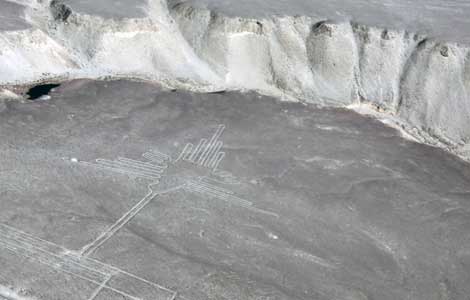
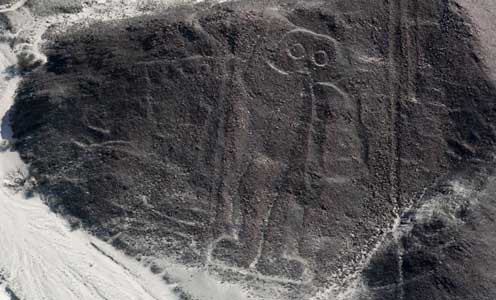
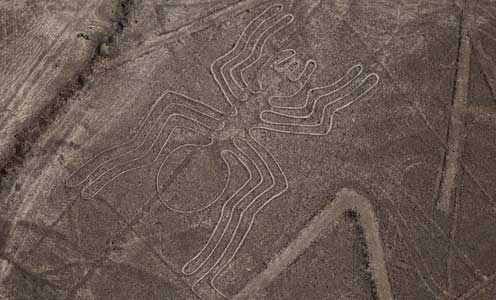
Etched into a high plateau in Peru’s Nazca Desert, a series of ancient designs stretching more than 50 miles has baffled archaeologists for decades. Along with simple lines and geometric shapes, they include drawings of animals, birds and humans, some measuring more than 600 feet across. Because of their colossal size, the figures can only be appreciated from way up in the air—and there is no evidence that the Nazca people, who inhabited the area between 300 B.C. and 800 A.D., invented flying machines. According to ancient alien theorists, the figures were used to guide spaceships as they came in for a landing, and the lines served as runways
The Moai of Easter Island

The Polynesian island of Easter Island is famous for its “maoi”: the 887 giant human figures with enormous heads that guard its coastline. Roughly 500 years old, these monolithic statues stand 13 feet high and weigh 14 tons, but some are twice as tall and much heavier. How could human beings without sophisticated tools or knowledge of engineering craft and transport such incredible structures? Some ancient alien theorists believe it is the work of visiting extraterrestrials who left their mark on the island.
Puma Punku

Located in the Bolivian highlands, Puma Punku is a field of stone ruins scattered with giant, finely carved blocks. Such precise workmanship on a massive scale would have been nearly impossible without modern tools and machines, yet the ruins are more than 1,000 years old. Ancient alien theorists have hypothesized that extraterrestrials with advanced engineering techniques created the site or advised the people who built it.
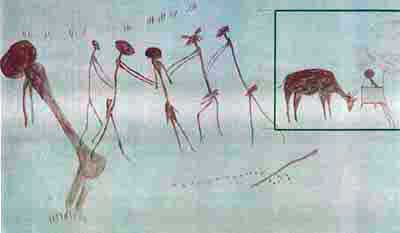
These are two cave paintings from Tanzania. Both are estimated to be up to 29,000 years old. The one on the left is located in Itolo and depicts several disc shaped objects. The other painting is from Kolo shows four entities surrounding a women. Notice also the entity looking down from inside some sort of box or object.

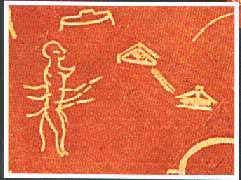
This two images are from France, the cave of "Pech Merle" near "Le Cabrerets" c.17,000 - 15,000 BC. The scene depicts a landscape full of wildlife together with a number of saucer shaped objects. The objects seem totally out of context.
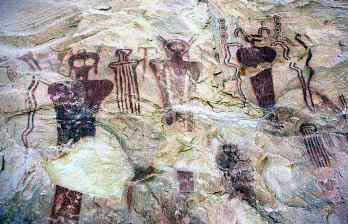
This is a 7000 year petroglyph discovered in the province of Querato, Mexico in 1966. You can see 4 figures with their arms outstretched below a large oval object radiating what appear to be beams of light.
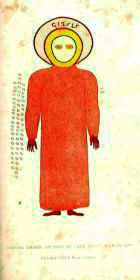
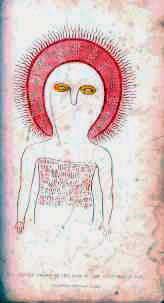
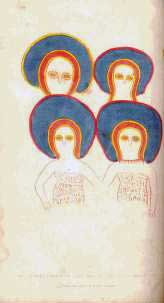
More strange looking figures (aliens) this time from Sego Canyon , Utah. Estimated up to 5,500 BC.
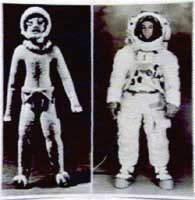
These photos depict figures found in Equador. Notice they appear to be wearing space suits. You can see a comparison photo with an Apollo astronaut.
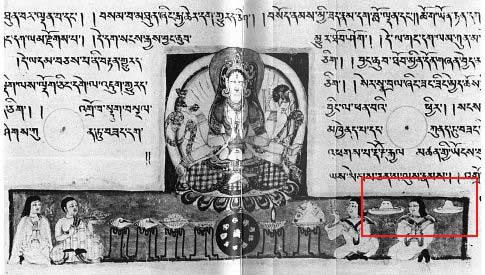
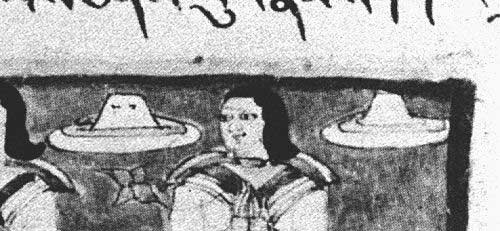
The above image comes from the 10th Century Tibetan translation of the Sanskrit text "Prajnaparamita Sutra", held at a Japanese museum. In the enlargement you can see two objects that look like hats, but why are they floating in mid air ? also one of them appears to have port holes on it. Indian Vedic texts are full of descriptions of Vimanas. The Ramayana describes Vimanas as a double decked, circular or cylindrical aircraft with portholes and a dome. It flew with "the speed of the wind" and gave forth a "melodious sound".
Watch The History Channel documentary